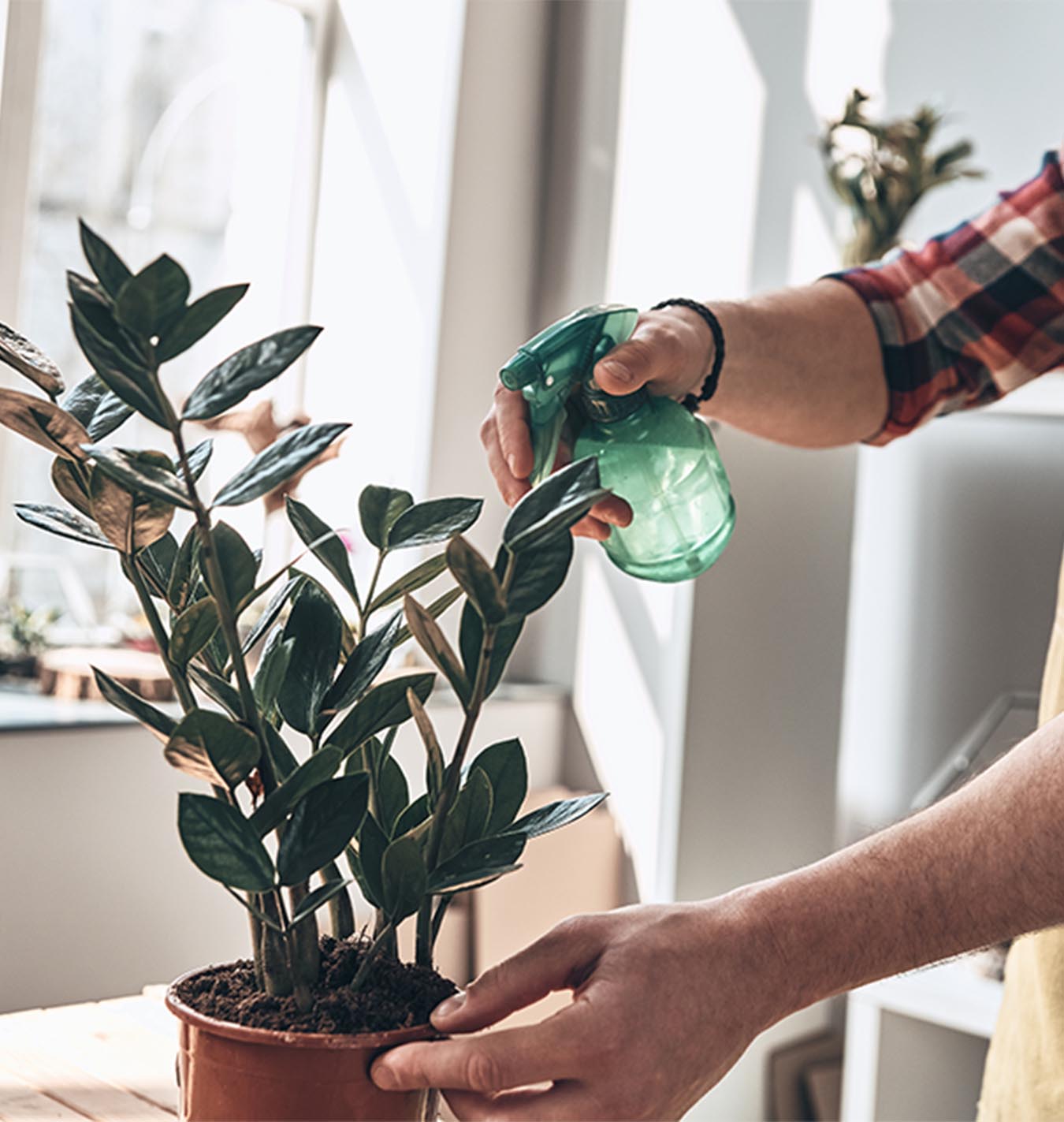
Introduction
Indoor greenery has become increasingly popular in recent years, as more and more people recognize the numerous benefits of having plants in their homes. Not only do indoor plants add a touch of natural beauty to any space, but they also provide a range of health benefits, including improved air quality and reduced stress levels. However, choosing and caring for indoor plants can be a daunting task, especially for beginners. In this article, we will explore the world of plant parenthood, offering valuable insights and tips on how to select and care for indoor greenery.
Choosing the Right Indoor Plants

When it comes to choosing indoor plants, there are several factors to consider, including the amount of light available, the level of maintenance required, and personal preferences in terms of aesthetics. Here are some key points to keep in mind:
- Light Requirements: Different plants have different light requirements, ranging from low light to bright, indirect light. Assess the lighting conditions in your home before selecting plants that will thrive in those conditions.
- Maintenance Level: Consider the amount of time and effort you are willing to invest in plant care. Some plants require frequent watering, while others are more drought-tolerant. Choose plants that align with your lifestyle and availability for plant care.
- Aesthetics: Think about the overall look and feel you want to achieve with your indoor greenery. Do you prefer large, leafy plants or compact, flowering varieties? Consider the size, shape, and color of the plants to complement your interior design.
Caring for Indoor Plants

Watering
Proper watering is essential for the health and longevity of indoor plants. Overwatering can lead to root rot, while underwatering can cause wilting and stunted growth. Here are some watering tips:
- Check the moisture level of the soil by inserting your finger into it. If the top inch feels dry, it's time to water.
- Water thoroughly until the excess water drains out from the bottom of the pot. Empty the saucer to prevent waterlogged roots.
- Establish a watering schedule based on the specific needs of your plants. Some plants prefer to dry out slightly between waterings, while others require consistently moist soil.
Light and Temperature
Light and temperature play a crucial role in the health and growth of indoor plants. Here's what you need to know:
- Place plants in locations that provide the appropriate amount of light. South-facing windows generally offer the most light, while north-facing windows provide the least.
- Rotate your plants occasionally to ensure even exposure to light and prevent them from leaning towards the light source.
- Most indoor plants thrive in temperatures between 60°F and 75°F (15°C and 24°C). Avoid exposing them to drafts or extreme temperature fluctuations.
Fertilizing
While indoor plants generally require less fertilizer than their outdoor counterparts, providing them with the necessary nutrients is still important. Here are some fertilizing tips:
- Use a balanced, water-soluble fertilizer formulated specifically for indoor plants.
- Follow the instructions on the fertilizer packaging for the correct dosage and frequency of application.
- Fertilize during the growing season, typically from spring to early fall. Reduce or stop fertilization during the dormant period in winter.
Pest Control
Indoor plants can sometimes fall victim to pests, such as aphids, spider mites, and mealybugs. Here's how to deal with common plant pests:
- Regularly inspect your plants for signs of pests, such as yellowing leaves, sticky residue, or visible insects.
- Isolate any infested plants to prevent the pests from spreading to other plants.
- Treat pest infestations with organic or chemical insecticides, following the instructions carefully.
- Prevent future infestations by keeping your plants clean, removing dead leaves, and occasionally wiping the leaves with a damp cloth to remove dust and debris.
Summary
Plant parenthood can be a rewarding experience, bringing beauty and nature into your home. By choosing the right indoor plants and providing them with proper care, you can create a thriving indoor garden. Remember to consider factors such as light requirements, maintenance level, and personal aesthetics when selecting plants. Additionally, pay attention to watering, light and temperature, fertilizing, and pest control to ensure the health and longevity of your indoor greenery. With a little love and attention, your plants will flourish and enhance your living space for years to come.